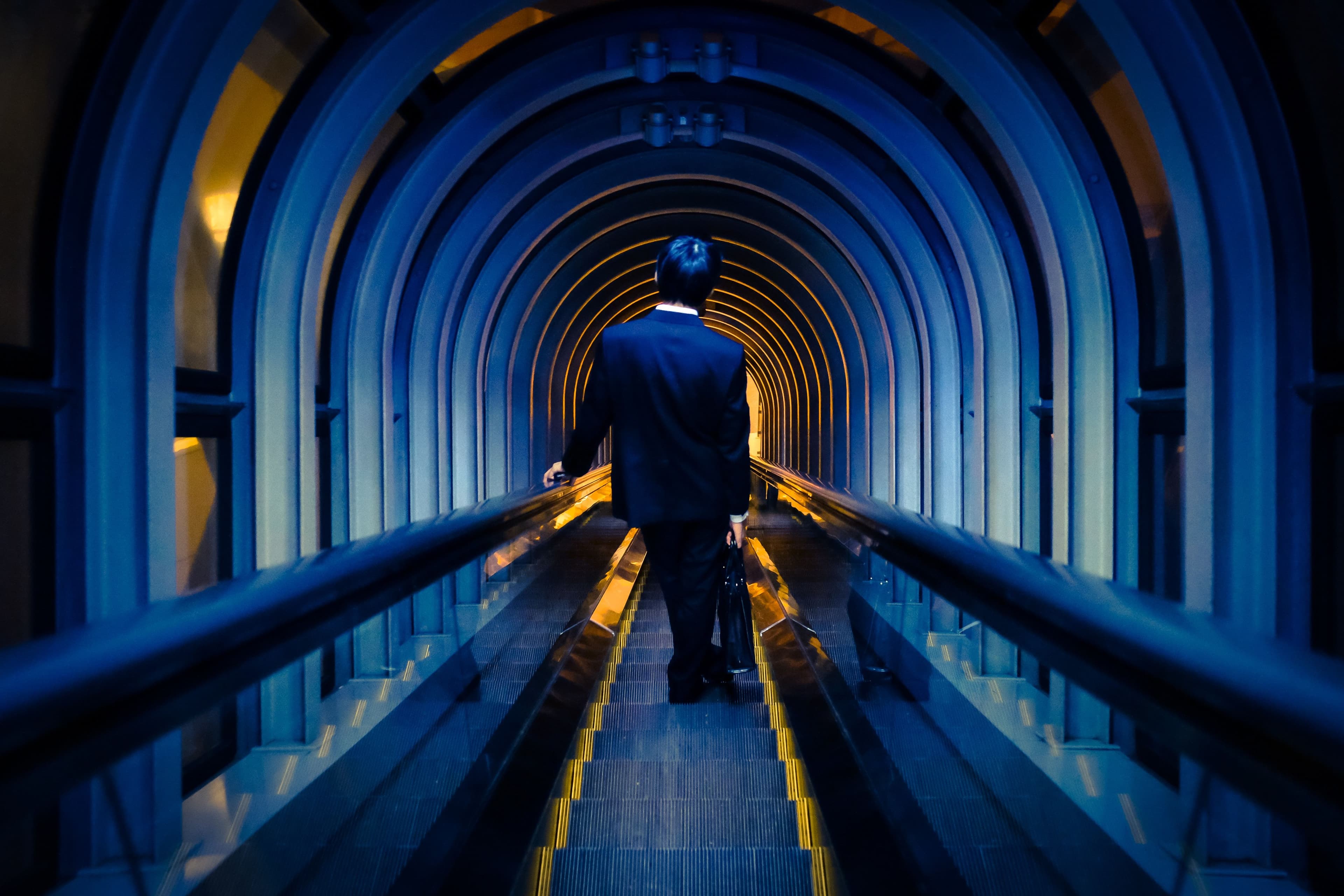10 steps to help combat design tunnel vision
Have you ever been given a physical tool to help you complete a task when what you really needed was information or support?
10 steps to help combat design tunnel vision
Speculative Design and a Cone of Possibilities
Speculative design requires people to suspend their disbelief and allow their imaginations to wander. Here's one tool to ground it in reality.
Read more
Empathic Design in Practice
What comes before and after you walk in your users' shoes? We distill empathic design into six principles for easy adoption.
Read more
The expanding definition of design
There’s a growing sense of urgency and renewed purpose in the design community.
Read more
How to Make Way For Radical Innovation
Before starting on an innovation strategy, decide which type you're chasing: Incremental, disruptive, or radical innovation. Each requires a unique approach.
Read more
Reducing Medical Device Risk with Usability Testing and uFMEAs
Medical devices are commonly recalled due to usability issues that can be prevented with human factors plans and uFMEAs.
Read more
Five Global Megatrends Reshaping Product Design
Doing user research now won't help you design for 2028. Trend analysis will. Design strategists turn to it to predict consumers' future behavior.
Read more
